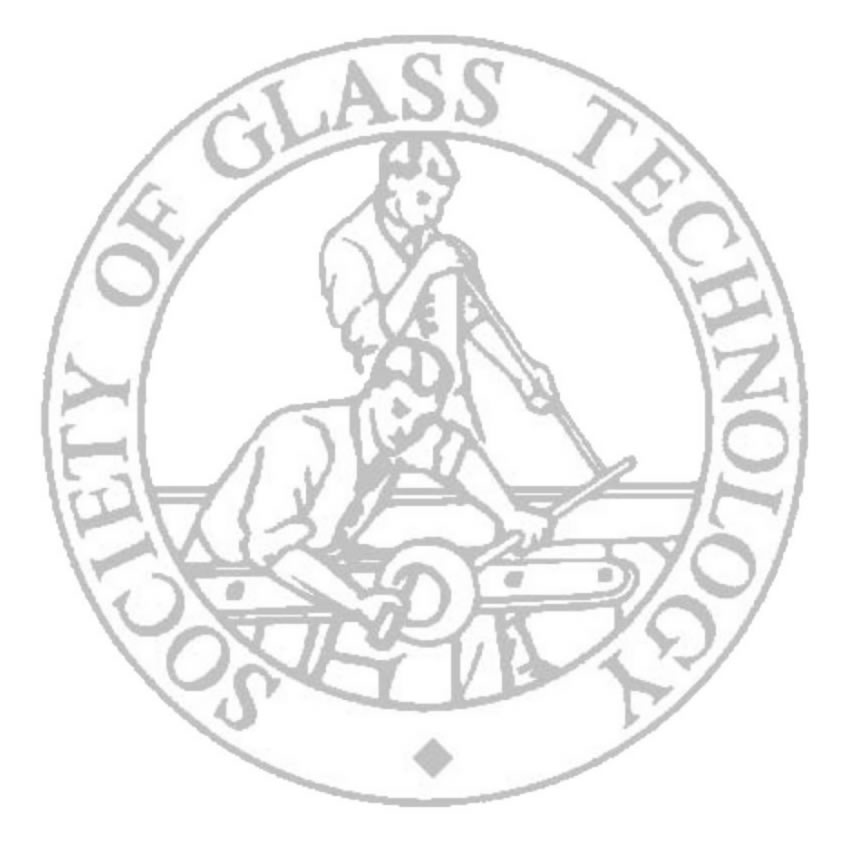
Cambridge 2008
|
The structure-property relationship in oxide glasses
Natalia M. Vedishcheva*
Institute of Silicate Chemistry of the Russian Academy of Sciences
Adrian C. Wright
J.J. Thomson Physical Laboratory, University of Reading
It is shown that the structure-property relationship can be established using the concept of the chemical structure of oxide glasses. This concept is based on a consideration of the chemical reactions proceeding in a glass-forming system, together with an observation of the requirement of its minimum Gibbs free energy. The concept, which applies to systems formed from components with different chemical natures, considers glasses as solutions whose constituents are the products of interaction between the initial oxides. It is assumed that these products (also called chemical groupings) are stoichiometrically and structurally similar to crystalline compounds that form in the given system and can be found in its phase diagram. The stoichiometric similarity of the chemical groupings and the crystals follows from the requirement of the minimum Gibbs free energy of the system. Their structural resemblance is confirmed by numerous structural studies, as well as by the closeness of the Gibbs free energies of formation of crystalline compounds and glasses of the same composition. Since the free energy of a system unambiguously determines its structure, the assumption concerning the structural similarity of the crystalline compounds and the chemical groupings (at least, in terms of the ratio between their basic structural units) can be considered as well reasoned. Due to this, the origin of the various basic structural units in a given glass and their inter-conversion, as the glass composition or temperature change, can be explained in terms of the presence in the glass, at a given temperature, of chemical groupings that introduce strictly determined numbers of specific basic structural units. Thus the concept of the chemical structure not only defines the type and content of the basic structural units present but also explains why they form in a given glass and transform into some other units as the glass composition or temperature vary. Hence, this concept brings a strict physical meaning to the explanation of structural changes in glasses and yields an understanding of specific features of the structure. Since the approach allows both the structure and a variety of glass properties to be calculated, on a unified basis and without use of adjustable parameters, the structure-property relationship is established quantitatively. Examples are given for binary and ternary glasses.
*presenting author
| SGT Home page |